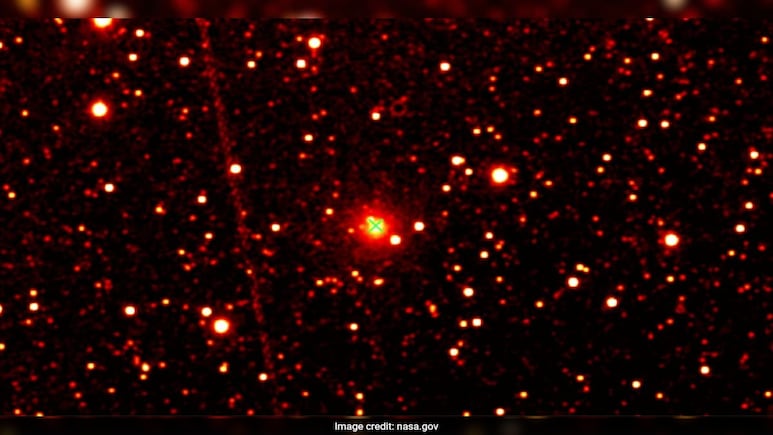
- NASA's SPHEREx telescope observed interstellar comet 3I/ATLAS from August 7 to 15
- The comet's coma is rich in carbon dioxide, with smaller amounts of water ice and CO
- 3I/ATLAS is the third known interstellar object, discovered on July 1, posing no threat to Earth
NASA revealed that one of its powerful space telescopes, SPHEREx (Spectro-Photometer for the History of the Universe, Epoch of Reionization and Ices Explorer), observed the interstellar comet 3I/ATLAS from August 7 to August 15, providing valuable insights into its composition, size and physical properties.
The observations revealed that the comet's coma is rich in carbon dioxide gas, with a strong emission signature detected by SPHEREx and the James Webb Space Telescope (JWST). Water ice and carbon monoxide were also detected, but in smaller amounts. The comet's spectral signature closely matches that of Kuiper Belt objects in our solar system, suggesting a similar origin and composition. The comet might have been ejected from an alien star system and hurled into interstellar space.
3I/ATLAS is no ordinary comet... it came from beyond our solar system. NASA's SPHEREx mission recently observed this interstellar visitor, teaming up with @NASAWebb and @NASAHubble, to reveal more about its size, physical properties and chemical makeup: https://t.co/CafpSz7SQF pic.twitter.com/PWOVHRebly
— NASA 360 (@NASA360) August 26, 2025
Recently, the Hubble Space Telescope helped astronomers capture the sharpest-ever image of the comet. The observations revealed the comet's nucleus is relatively small, with a diameter of no more than 5.5 kilometres. Earlier, scientists estimated that the size of its icy core is around several miles (tens of kilometres).
Also Read | Video Shows Powerful Dust Storm Covering Everything on Its Path In Arizona: "Sand Apocalypse"
Is it an "Alien Technology"
3I/ATLAS was discovered on July 1 by the Asteroid Terrestrial-impact Last Alert System (ATLAS) at a distance of 675 million kilometres from the Sun. It is the third known object ever discovered coming from outside our solar system, the other two are - 1I/'Oumuamua, discovered in 2017, and 2I/Borisov, discovered in 2019.
NASA explained that the object has been categorised as interstellar because of the hyperbolic shape of its orbital path. It does not follow a closed orbital path about the Sun, NASA explained.
Also Read | Rare Orange Shark Spotted In Costa Rica, Experts Reveal Reason Behind Its Bright Colour
The space agency has reiterated that the comet poses no threat to Earth, and it is simply passing through our solar system and will continue its journey into interstellar space.
However, powerful space telescopes are helping experts to monitor the interstellar comet continuously. Still, some scientists claim that it is an "alien technology".
Theoretical physicist Professor Avi Loeb told Newsweek that an alien civilisation could have sent the object. "The retrograde orbital plane of 3I/ATLAS around the Sun lies within 5 degrees of that of Earth... The likelihood of that coincidence out of all random orientations is 0.2 per cent," Loeb told the news outlet
According to Loeb, the brightness of 3I/ATLAS suggests that the object is around 20 kilometres in diameter. He explained that it is "too large for an interstellar asteroid" and "might have targeted the inner Solar System as expected from alien technology".
He also said that the object lacks features of the comets. "No spectral features of cometary gas are found in spectroscopic observations of 3I/ATLAS," he said.
Track Latest News Live on NDTV.com and get news updates from India and around the world

